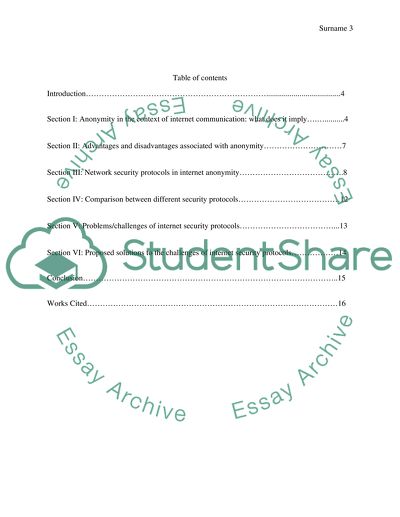Cite this document
(“Anonymity and Networks Essay Example | Topics and Well Written Essays - 2250 words”, n.d.)
Anonymity and Networks Essay Example | Topics and Well Written Essays - 2250 words. Retrieved from https://studentshare.org/information-technology/1448119-anonymity-and-networks
Anonymity and Networks Essay Example | Topics and Well Written Essays - 2250 words. Retrieved from https://studentshare.org/information-technology/1448119-anonymity-and-networks
(Anonymity and Networks Essay Example | Topics and Well Written Essays - 2250 Words)
Anonymity and Networks Essay Example | Topics and Well Written Essays - 2250 Words. https://studentshare.org/information-technology/1448119-anonymity-and-networks.
Anonymity and Networks Essay Example | Topics and Well Written Essays - 2250 Words. https://studentshare.org/information-technology/1448119-anonymity-and-networks.
“Anonymity and Networks Essay Example | Topics and Well Written Essays - 2250 Words”, n.d. https://studentshare.org/information-technology/1448119-anonymity-and-networks.


